As 2021 comes to a close, I’m left wondering what were the best macro/wildlife photography highlights. I’ve narrowed these down to 5 memorable moments.
5. Mating Horseflies
It’s fair to say that Horseflies are my worse nightmare. Out in the wild, on a hot summers day, it’s almost impossible to avoid being bitten by one. Its serrated mouth parts cut like a saw, leaving a nasty irregular cut that is both painful and takes ages to heal. Why in God’s name would I pick this picture! Well, for one thing, if you’re ever curious, or mad enough to get within a gnats willy of a horsefly, you’ll see that they have the most beautiful, rainbow iridescent stripes running across their multifaceted eyes. Look closer still and each facet glistens like a jewel in the light. The picture was taken at Kenfig Nature Reserve, an exposed heathland of sand dunes that presents an ideal habitat for these blood sucking flies. Like mosquitoes it’s only the females that bite and that’s because they need the blood in order to reproduce, needing the protein in blood to develop eggs. Mating is initiated in the air and completed on the ground. The female then deposits an egg mass and is ready to seek a host.
Like most insects, females are much bigger than males. You can see the smaller male precariously clinging onto the female, while she hangs even more unsteadily onto a dandelion stem. There was a breeze and like a pendulum I remember them swinging from side-to-side while trying to steady themselves from gusts of wind. With great difficulty I tried to frame them within my camera’s viewfinder. It was a challenging photograph to pull-off, bearing in mind that the flies were only inches away form the camera lens while constantly swaying to and fro..
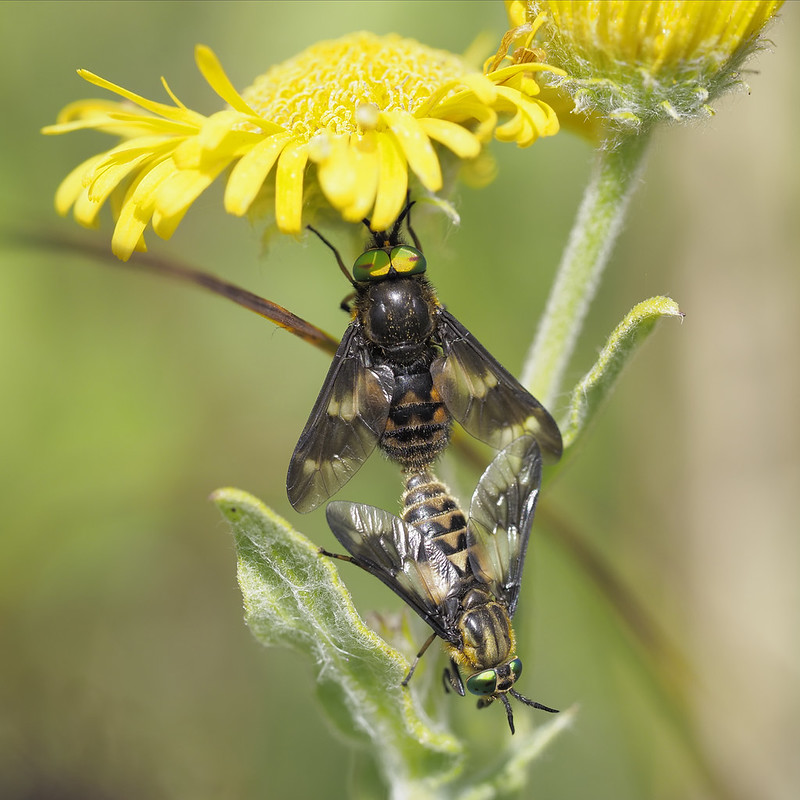
22 August, 2021 – Kenfig Nature Reserve
Olympus E-M1 Mark II – Olympus 60mm f2.8 Zuiko / f4.0 / f 1/400 / 60mm / ISO 200
4. The Beautiful Demoiselles of the river Lynher
The river Lynher attracts kingfishers, dippers, yellow wagtails, otters, and last but by no means least, the Beautiful Demoiselle. August is the perfect time to catch these fairy-like creatures and I spent a pleasant afternoon watching these fascinating creatures. With the chill of evening and the falling light, the Demoiselles disappeared, preferring to bed-in for the night and hide within some dark sheltered undergrowth. These sun loving creatures, with their fairy-like wings and black, impenetrable, bulging and large demonic eyes are perhaps more the stuff of dreams and the unconscious. In times-past they were feared by superstitious folk as a kind of devil’s insect. The Beautiful Demoiselle certainly left an unforgettable and indelible impression on me. Come next summer, I’ll be visiting the river Lynher again, in search of these most beautiful and illusive of creatures. Or perhaps, they will be the visitors, fluttering between the threshold of consciousness and unconsciousness.
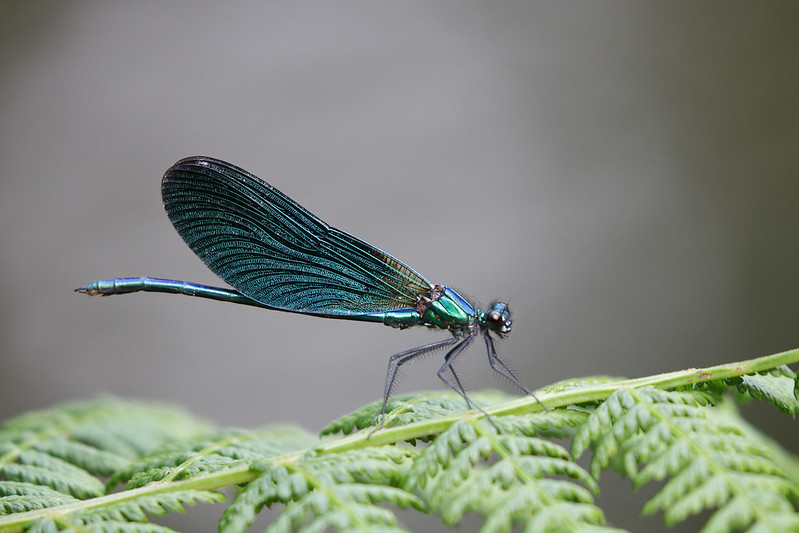
22 August, 2021 – River Lynher, Cornwall
Canon EOS 80D – Canon EF100-400mm IS II USM / f5.5 / 1/100 / 400mm ISO 400
3. A Bonanza of Small Tortoiseshells
Butterfly Conservation’s Big Butterfly Count 2021 data shows many butterflies in decline, least among them the Small Tortoiseshell -32% down from last year’s count. Back in August, I felt fortunate to have spotted a bonanza of Tortoiseshells on a visit to Cornwall. They seemed plentiful but I suspect it was probably a case of being at the right place and at the right time. It was the height of summer with glorious weather and lots of colourful flowers for them to feed on. Unfortunately, back in my home in Wales, I have not had such luck with sightings. I now look back with a good degree of nostalgia to that memorable Summer day back in Cornwall.
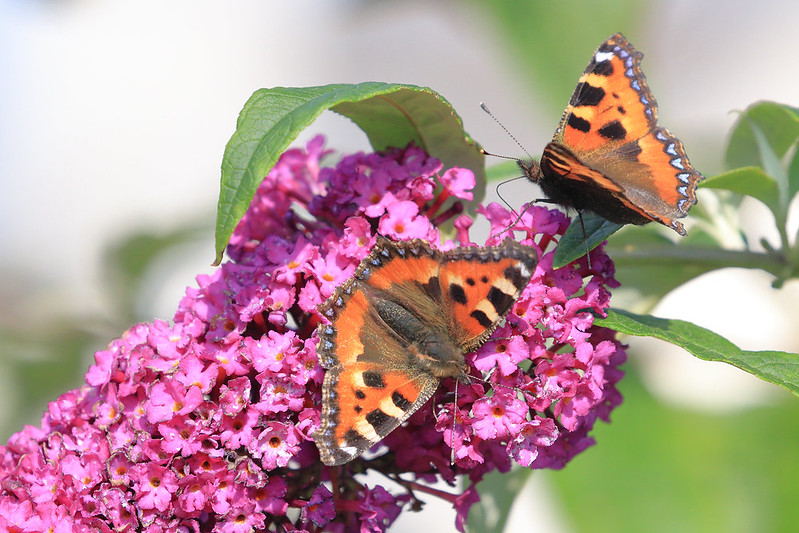
22 August, 2021 – Callington, Cornwall
Canon EOS 80D – Canon EF100-400mm IS II USM / f8.0 / 1/2500 / 400mm ISO 1600
2. Elephant Hawk Moth
Back in August, I couldn’t contain my excitement at capturing my first Elephant Hawk-moth! It’s a striking moth with distinctive purple/pinkish marking and a velvet-like sheen. When I say captured, I should make it clear that I found this moth hiding in dense vegetation and I had no intention of disturbing it in any way. These moths hide for a very good reason, usually to avoid being gobbled up by the first bird that comes along. From an aesthetic point of view I could have avoided the confusing background clutter by moving the moth. However, the moth seemed a little distressed so I didn’t want to risk exposing him to potential danger. Sure – it could be a better picture but I like the fact that it’s a sincere, natural and uncontrived composition.
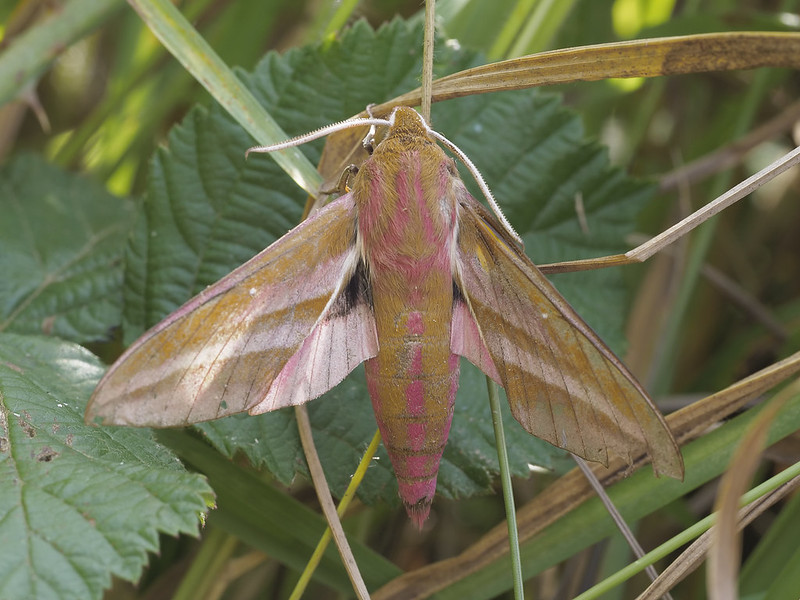
4 August, 2021 – Cosmeston Country Park
Olympus E-M1 Mark II – Olympus 60mm f2.8 Zuiko / f8.0 / f 1/25 / 60mm / ISO 200
1. Grizzled Skipper at Merthyr Mawr
Merthyr Mawr is one of the few remaining strongholds in Wales for small, self contained colonies of Gizzled Skipper butterflies. I’ve visited this site yearly between May and June since 2016. Back in 2016, I found a healthy colony, playfully basking and flying in the late evening sun. They were rare then but are rarer still in 2021! The results of the UK Butterfly Monitoring Scheme showed worrying declines for many species, including the Grizzled Skipper, which had its worst ever year (down 54% since 1976). Fortunately, and much to my relief, after much looking I did finally manage to find a few Grizzled Skippers in May, 2018. However, it was worrying to think that it was proving significantly harder to find them. My fears for their demise was confirmed in May, 2019 when after much agonised searching I could not find any trace, not even of one. Then came 2020 and Covid travel restrictions snuffed out any hope of visiting Merthyr Mawr Warren in May/June. Which brings me to May/June 2021, with travel restrictions being lifted and with much anticipation I finally visited Merthyr Mawr Warren in search for this most elusive of butterflies.
Unexpectedly; almost hidden from sight; resting on a dense patch of vegetation; the unmistakable shape of a Grizzled Skipper emerged! Excited, with camera shaking in my hands I quickly fired a picture. Too far away to make it a good shot. However, I thought that under the circumstances any proof of its tenacious survival would be a great bonus. In order to try and get a more macro-like image that wouldn’t need cropping, I held my breath and with slow sloth-like movements made my way forwards. Unfortunately, the inevitable rustling and snapping noise of feet treading on long grasses and bramble gave my presence away. No sooner had I placed one foot forward than ‘snap!’, it flew away, gone. Vanished out of sight, but not out of existence. The Grizzled Skippers of Merthyr Mawr had survived all manner of calamitous adversities. They had survived against all the odds and are very much alive!
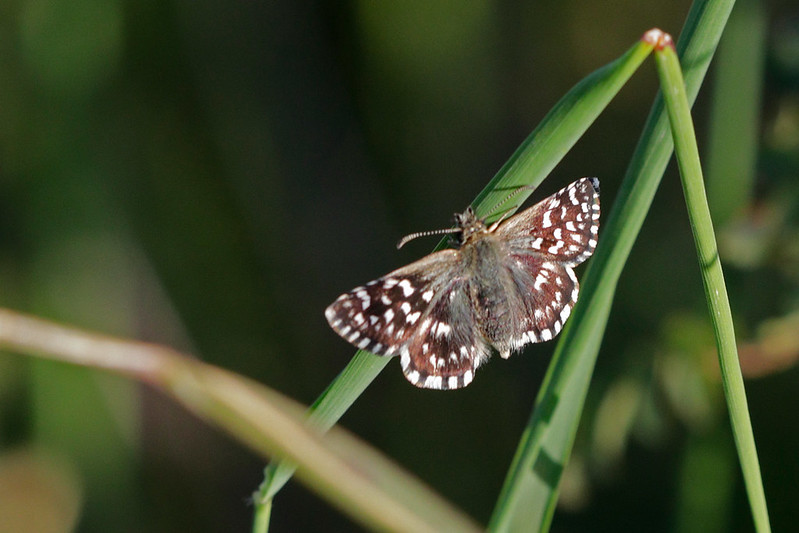
1 June, 2021 – Merthyr Mawr Warren
Canon EOS 80D – Sigma 150mm f2.8 Macro / f5.6 / 1/640 / 150mm / ISO 400

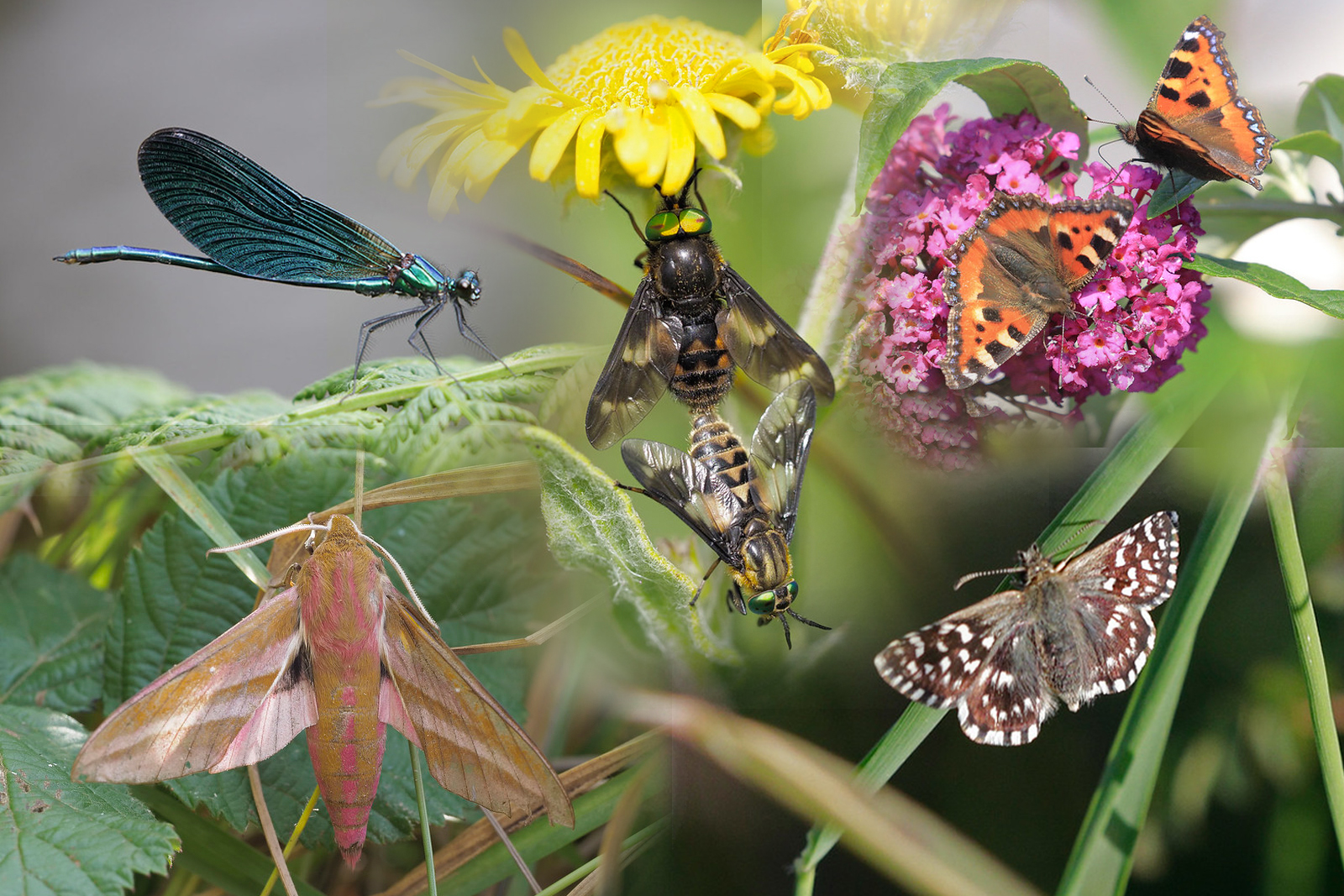
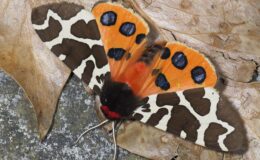
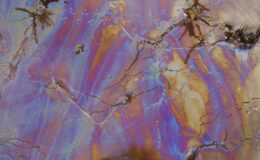
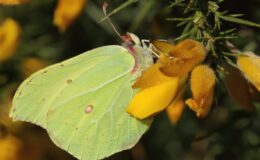
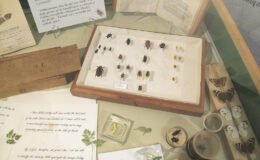
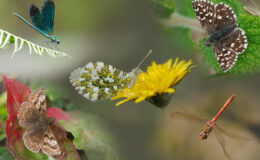
Leave a Comment